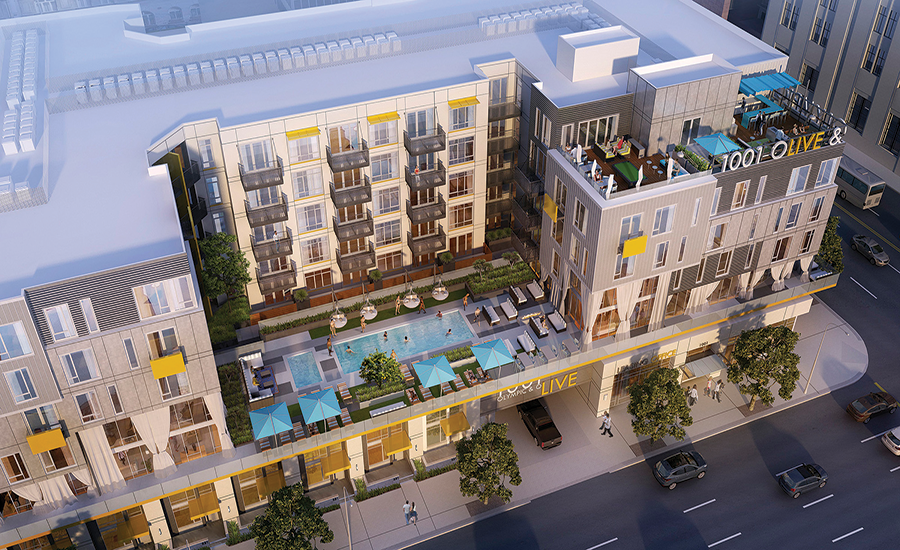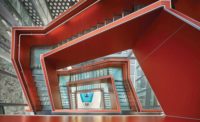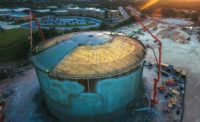Rumors of the death of the multi-unit residential market are greatly exaggerated. For several years, multi-unit residential has been one of the hottest U.S. markets; since 2011, it has been at or near the top of the highest-rated markets on ENR’s quarterly Construction Industry Confidence Index survey. Every quarter, construction executives say the market is still growing but that it will fade soon. Then, the following quarter, they shrug and say the market can’t keep this up—but it does.
|
Click Here to Read Top 500 Design Firms 2016: Most Markets on the Rise Top 500 Design Firms 2016: Most Markets on the Rise PDF (subscription required) |
One design firm that has benefited from the boom in apartment construction is KTGY Architecture + Planning (No. 177). “We operate in the coastal markets and Denver and Chicago. We continue to see steady job growth in our markets, and along with that comes a need for multifamily development. We expect to see strong markets over the next few years,” says Rohit Anand, principal at KTGY. For example, KTGY designed the 201-unit 1001 Olive & Olympic project (above) for Lennar Multifamily Communities in Los Angeles.
KTGY is not the only firm seeing continuing strength in the sector. “The resurgence of many primary and secondary cities in the U.S. is driving an urban housing movement across the country. Interesting attempts at urban mixed-use projects, with residential as the anchor, seem to be on the boards in every location in our footprint,” says Mike Medici, president of SmithGroupJJR (No. 64).
The trend toward building apartment facilities and mixed-use projects is being driven by the large migration back to the central cities from the suburbs. “Housing markets on the East Coast and West Coast … remain red-hot. The makeup of that housing is really changing as millennials and empty-nesters are driving to a more urban mode,” says Ted Hyman, managing partner with ZGF Architects (No. 87).
“High-end luxury residential may be stalling, but the housing market remains strong at other income levels,” notes Brad Perkins, chairman of Perkins Eastman (No. 68). For example, the firm designed The Wharf: The Southwest Waterfront, in Washington, D.C. The project covers 24 acres of land and comprises approximately 3.2 million sq ft of development, incorporating retail, residential, cultural, hospitality, office and public uses, in addition to promenades, parks, cultural centers, and waterfront piers and docks.
There has been a tremendous amount of new product introduced to the market in the past few years, Anand says. With land and construction costs at a premium, developers are pressed to make deals work. “We do not see the apartment industry as a commodity. We feel that, by understanding the specific needs of the renter at each location, we can design a unique product that positions the developer for success,” he says.
Anand says KTGY is working with developers on changing the idea of mixed-use projects, “like introducing food-based amenities to our apartment lobby and lounge areas. These establishments, like coffee shops or juice bars, are also accessible to the public. When solving for the security concerns, these spaces can be exciting.”






